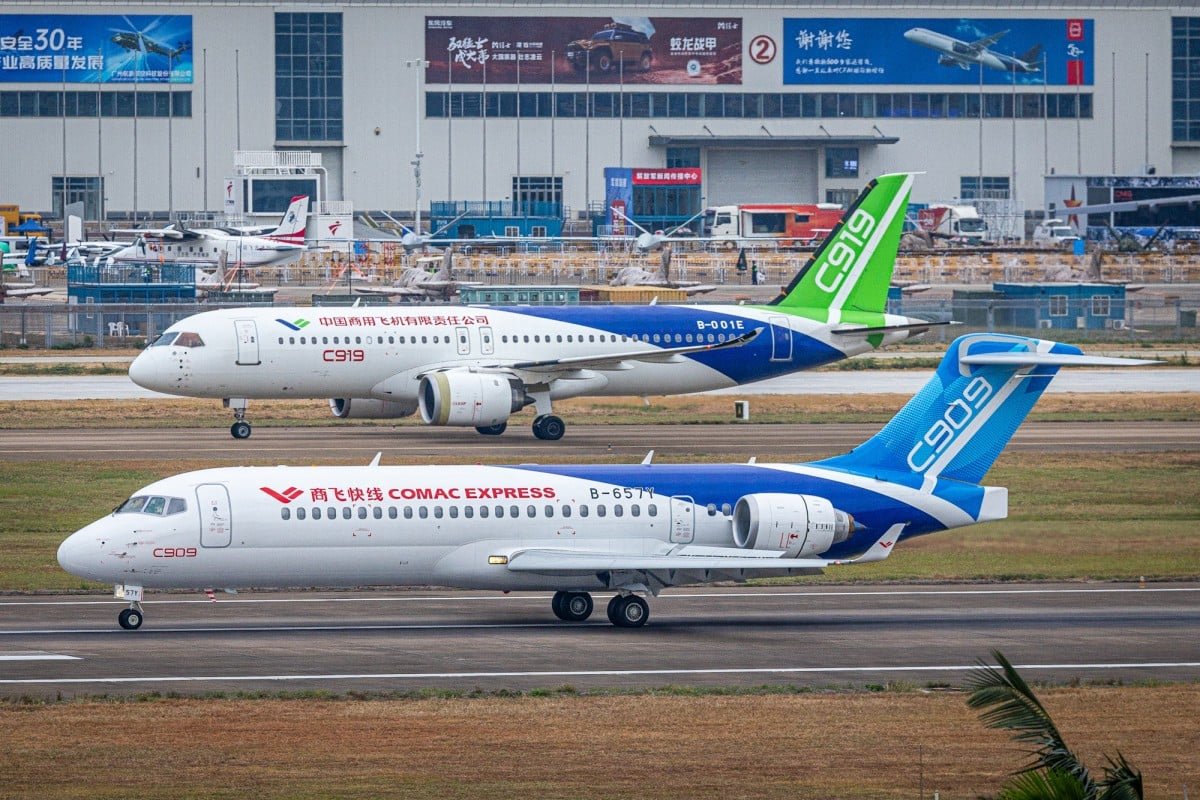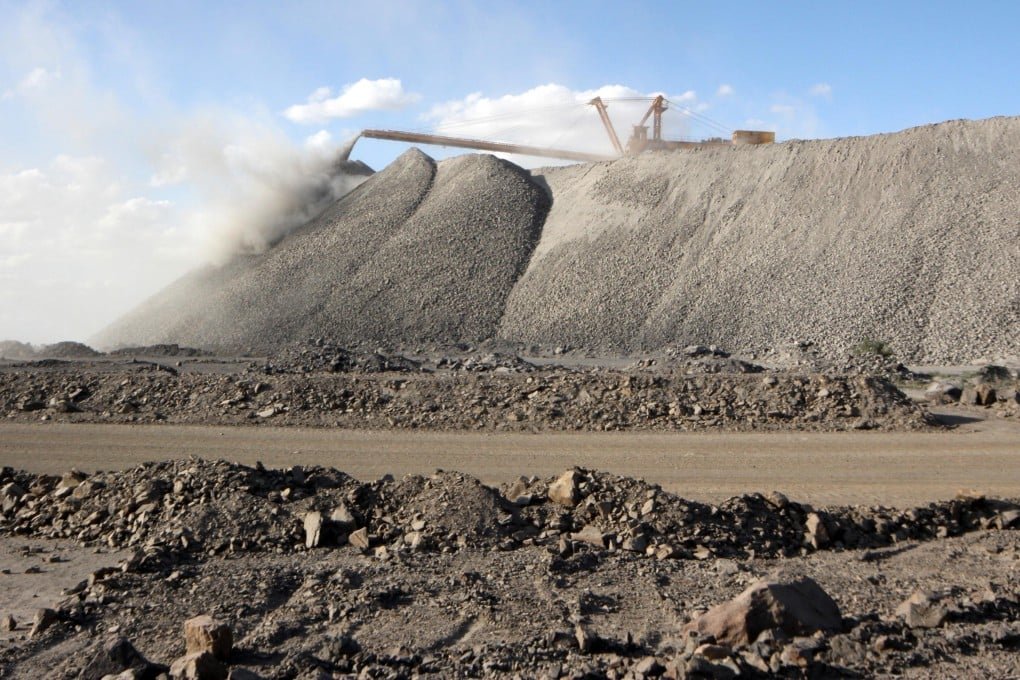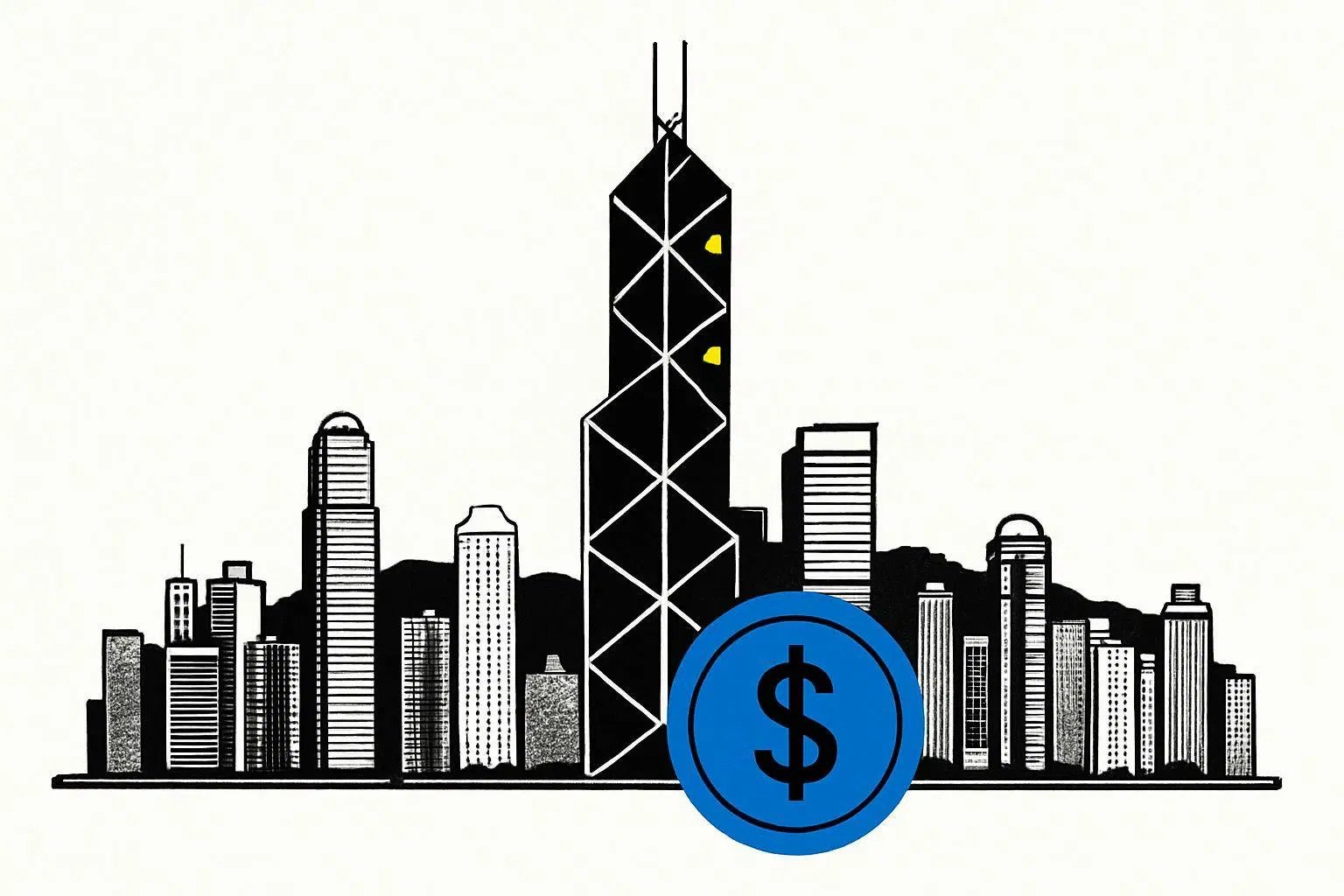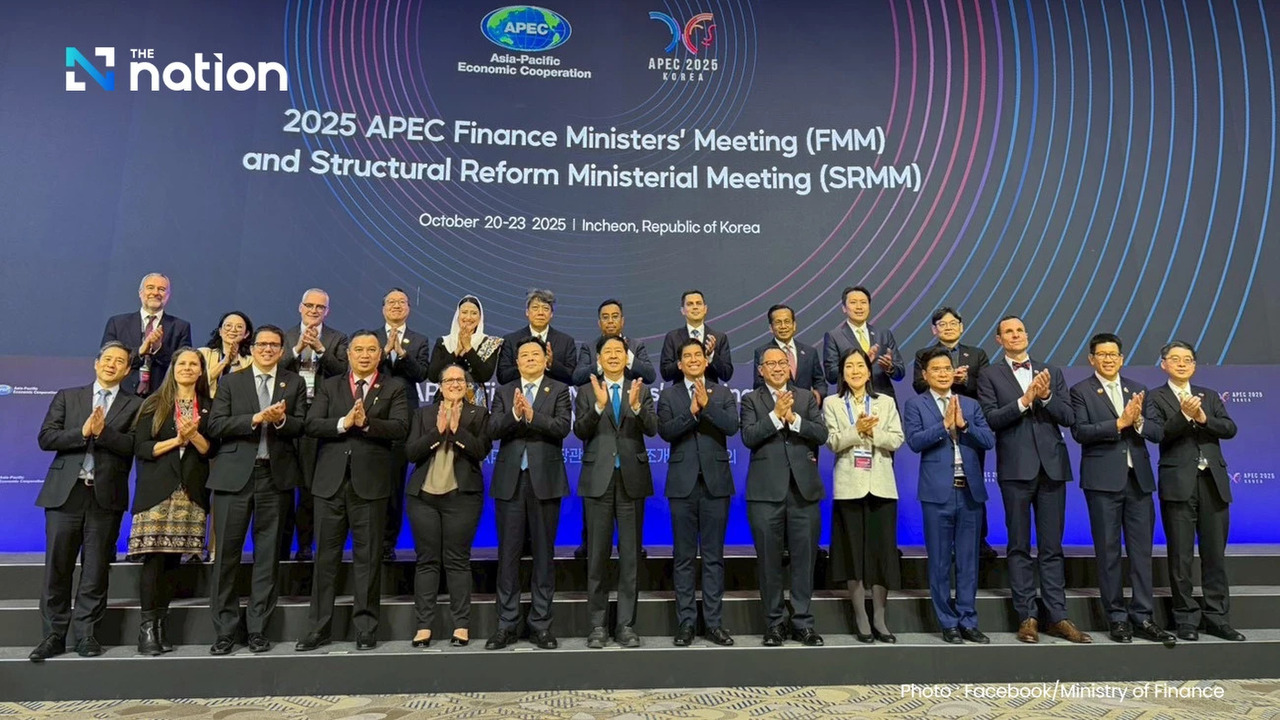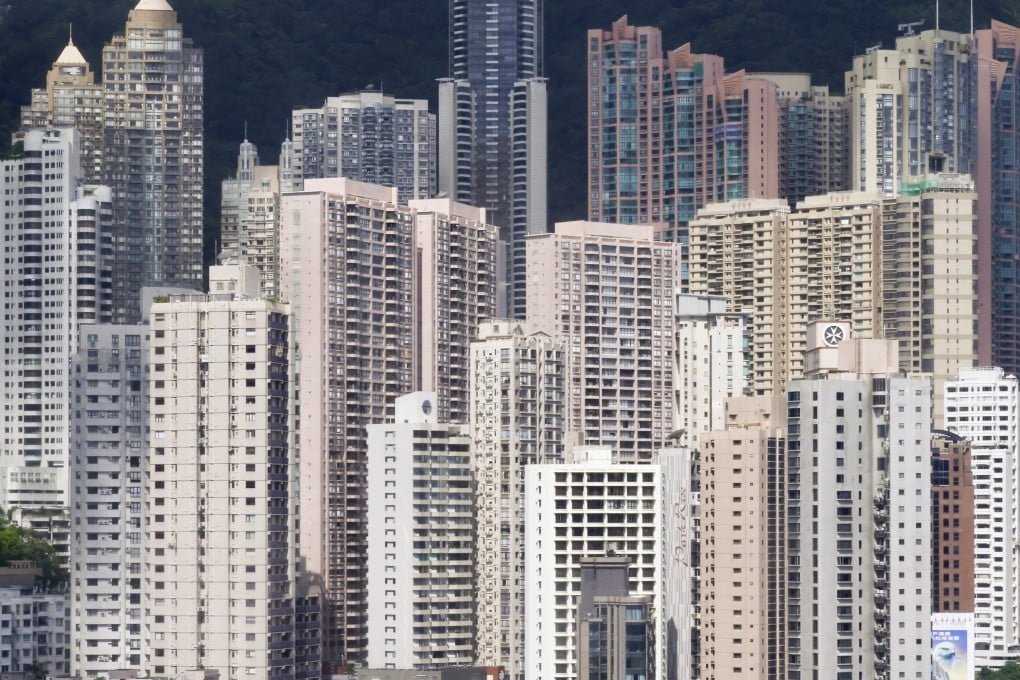
The 2025 report, covering 80 major cities, finds that average net rent for a two-bedroom flat in Hong Kong accounts for around 61 per cent of median household disposable income, up from 55 per cent in the previous year.
The report notes that the five least affordable markets are concentrated in Asia, with Bangkok leading the list at 79 per cent followed by Mumbai at 66 per cent, Hong Kong at 61 per cent, then Mexico City and Johannesburg.
The cities were cited as being challenged by high rent burdens, constrained supply and slow income growth.
DWS analysts highlight that the rental strain is compounded by the inflow of overseas talent, foreign students and demand for international housing in Hong Kong, which has pushed private rents towards near record highs.
At the same time, median household incomes have failed to keep pace with rental escalation, driving the affordability squeeze.
The widening gap between income and housing cost has raised concerns among policymakers and social-housing advocates.
While Hong Kong has consistently featured among the world’s most unaffordable housing markets, this rental assessment underscores how the issue touches not just buyers but long-term renters as well.
The report’s findings may add pressure on local authorities to boost supply of rental units and provide stronger support for low- and middle-income households.
For comparative context, more affordable markets typically see rents consuming less than 30 per cent of disposable income—well below the levels observed in the least affordable cluster.
In many of those cities, strong wage growth, abundant housing supply or both enable greater balance.
In Hong Kong’s case, the interplay of tight land availability, high property prices and robust international demand continues to drive rental pressure despite government efforts to intervene.
The DWS report adds to an emerging consensus that housing affordability—in both ownership and rental markets—represents a major structural risk for urban economies in Asia-Pacific, and that Hong Kong remains among the most exposed.





